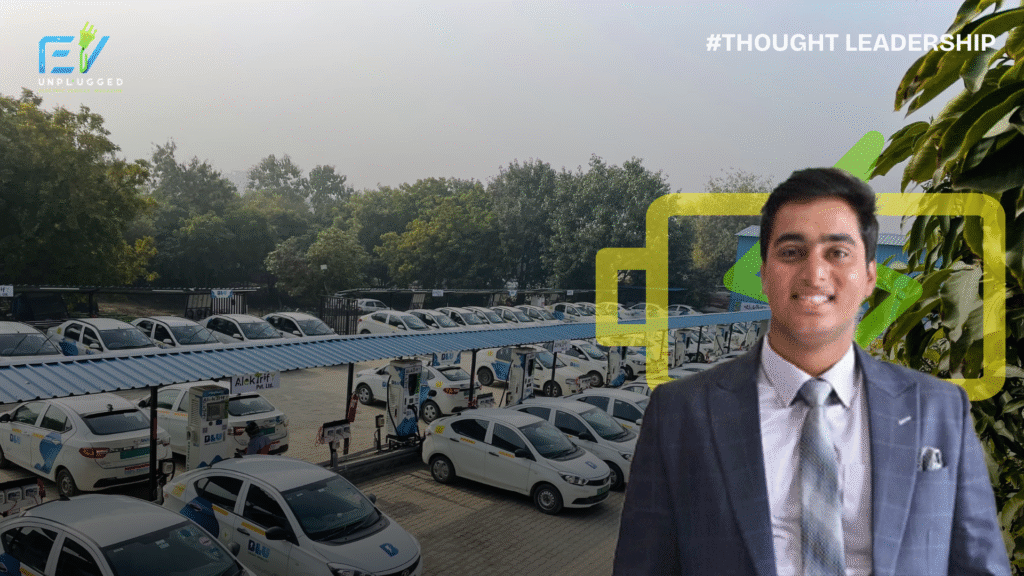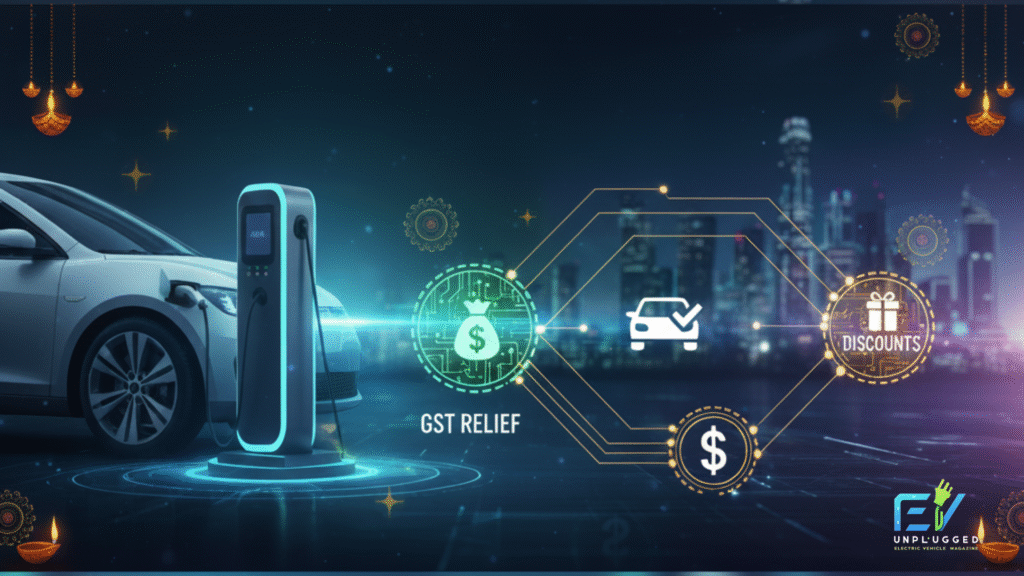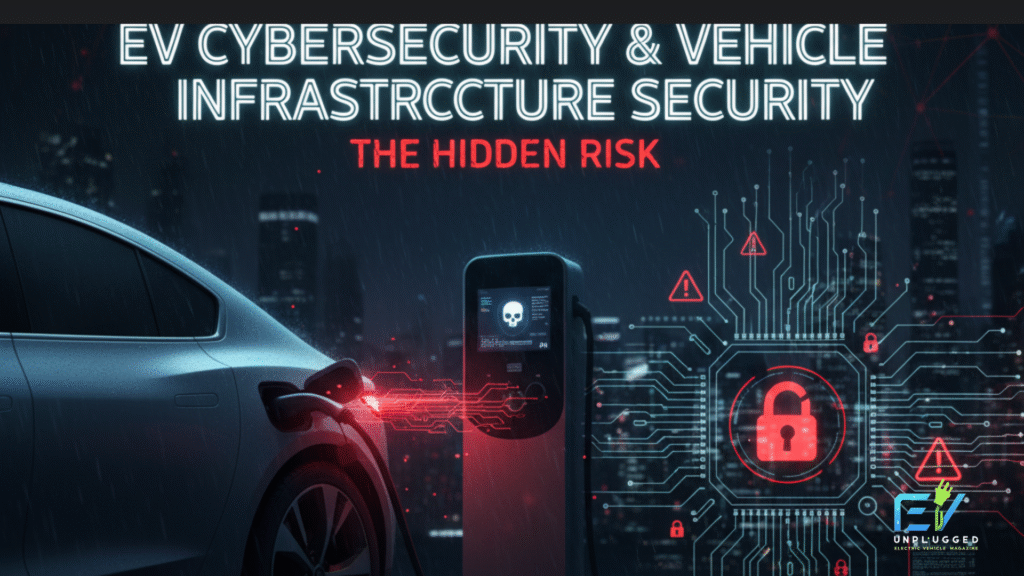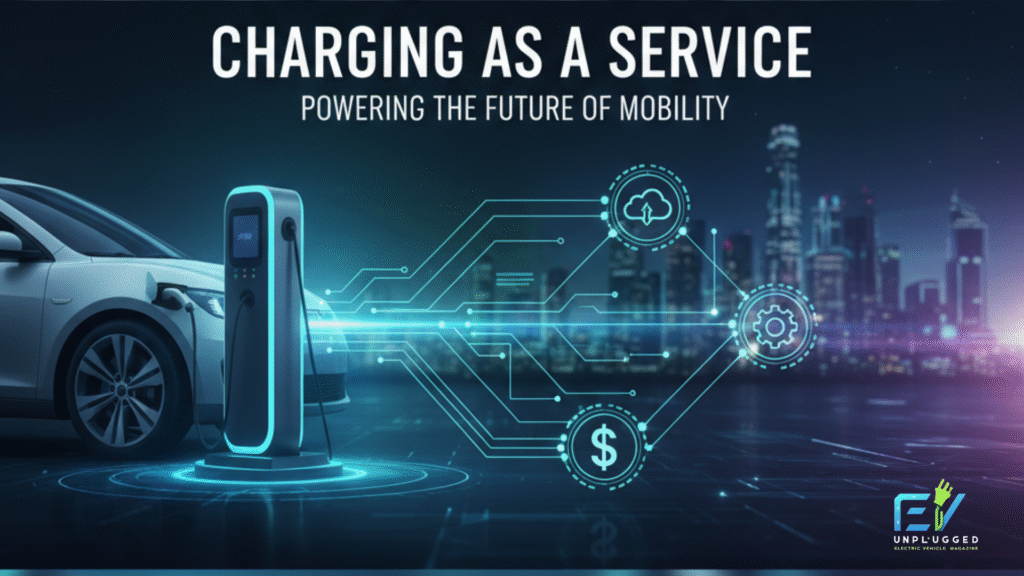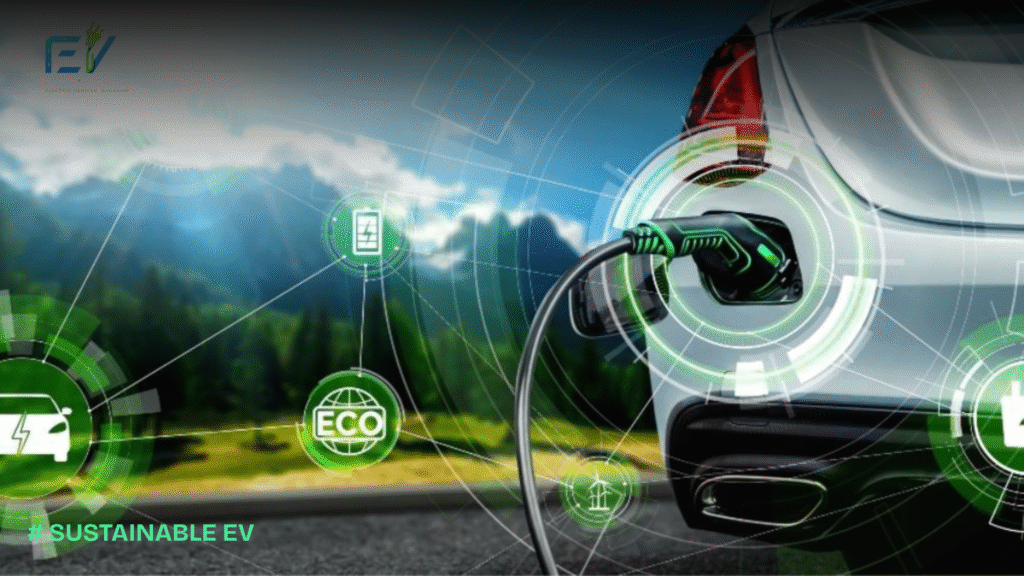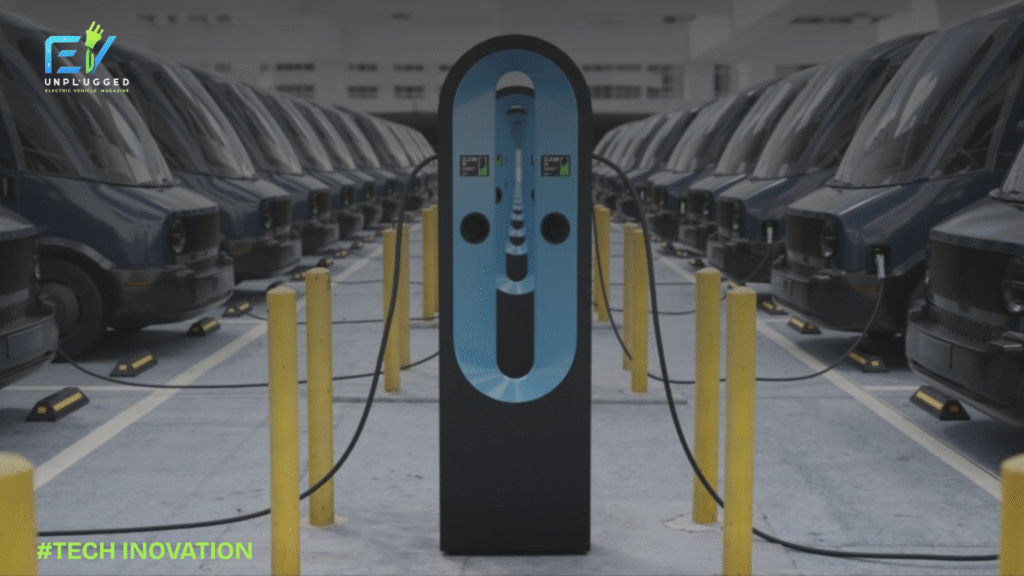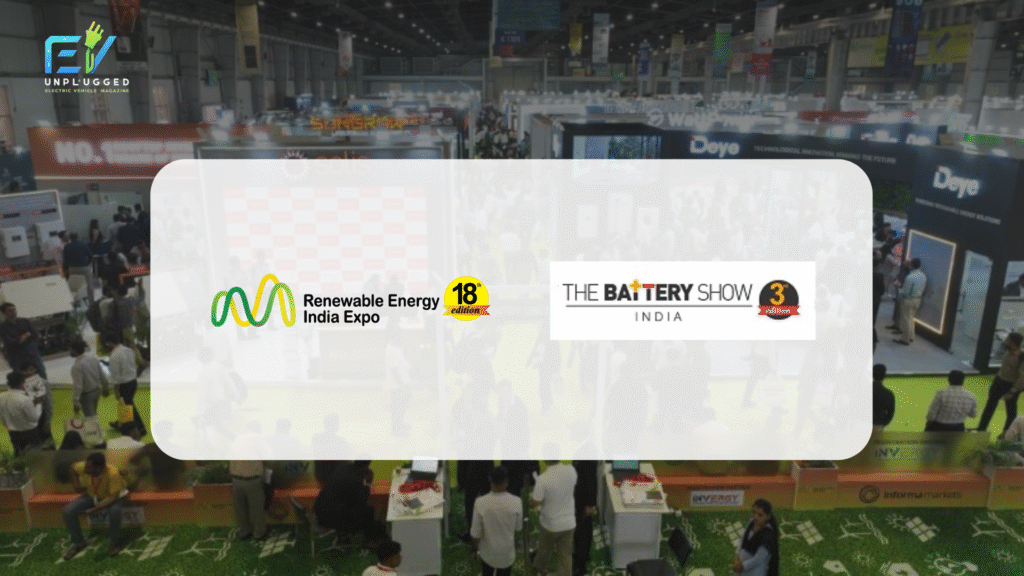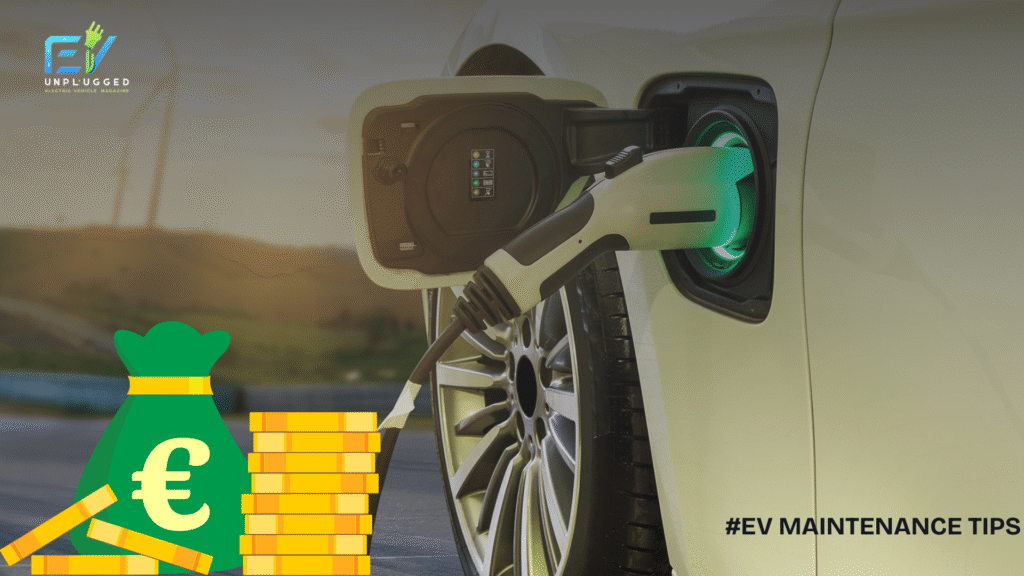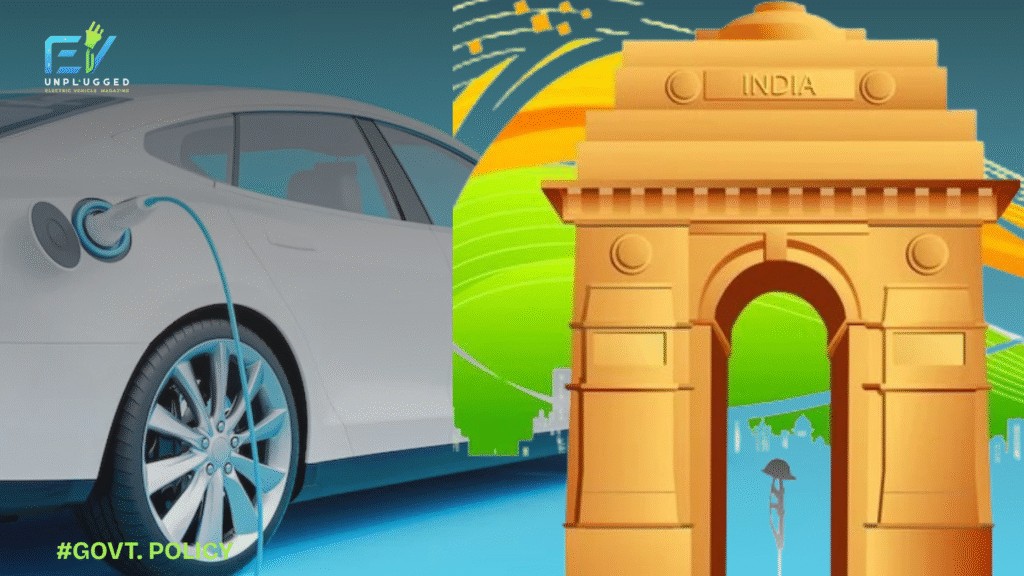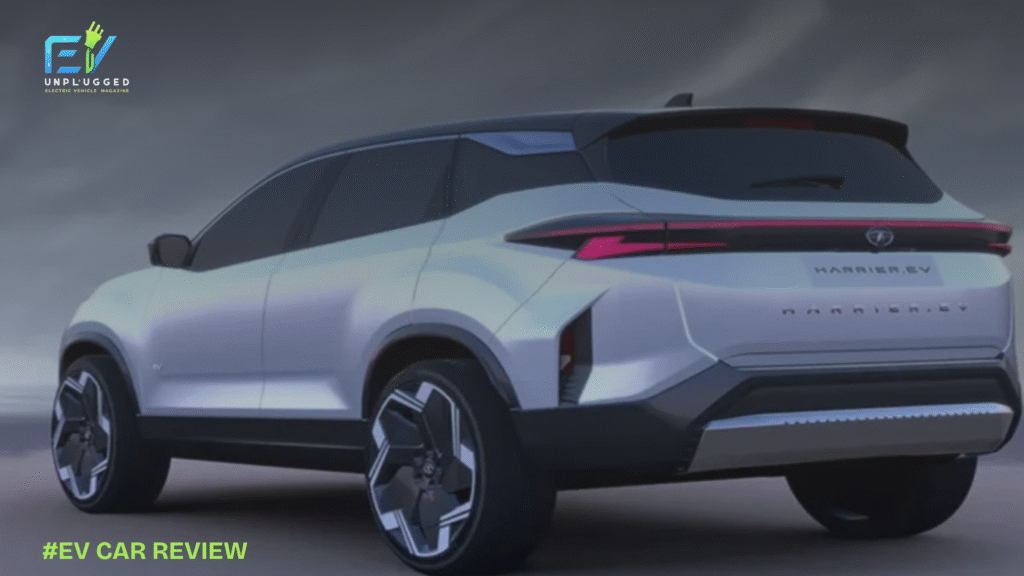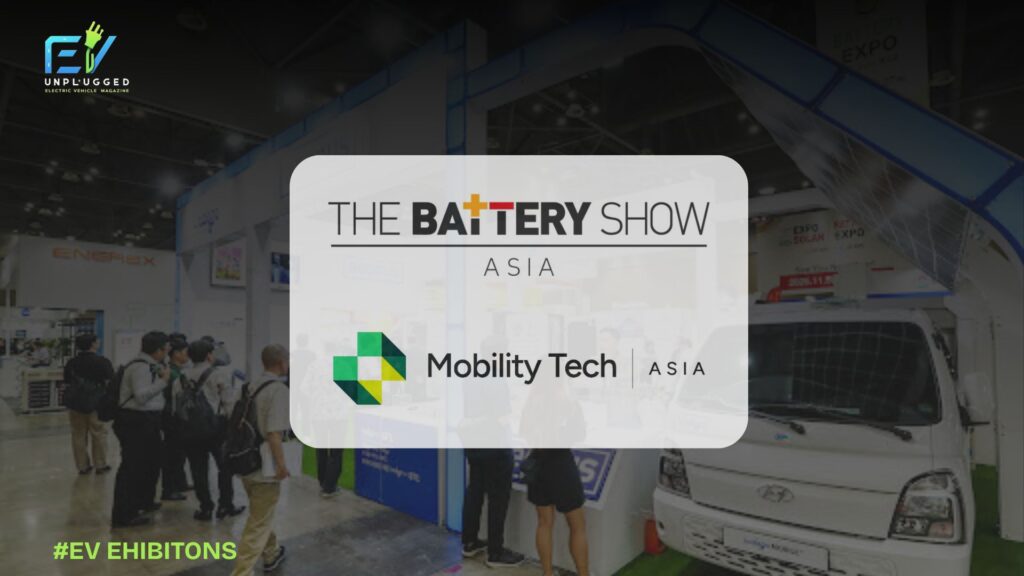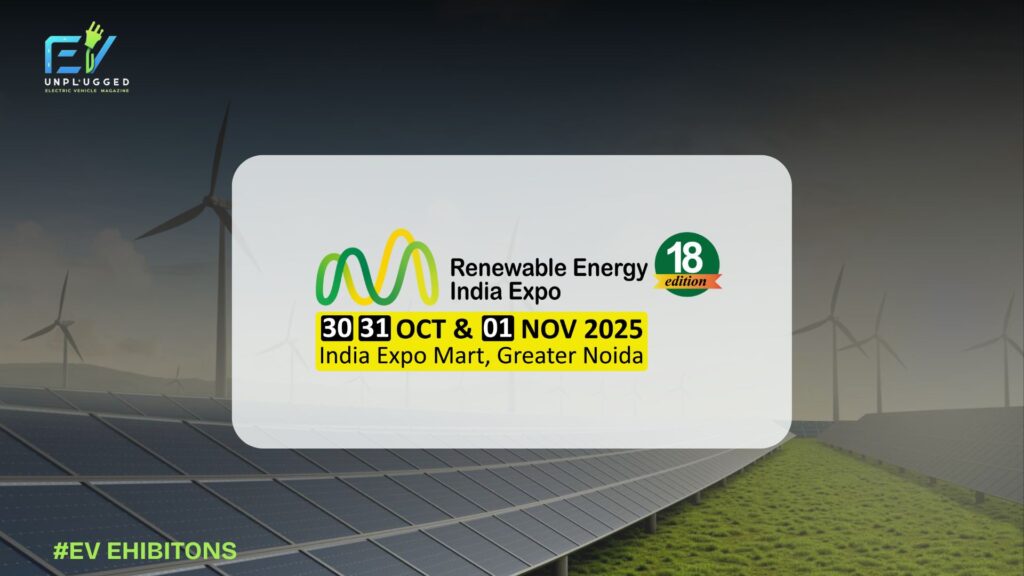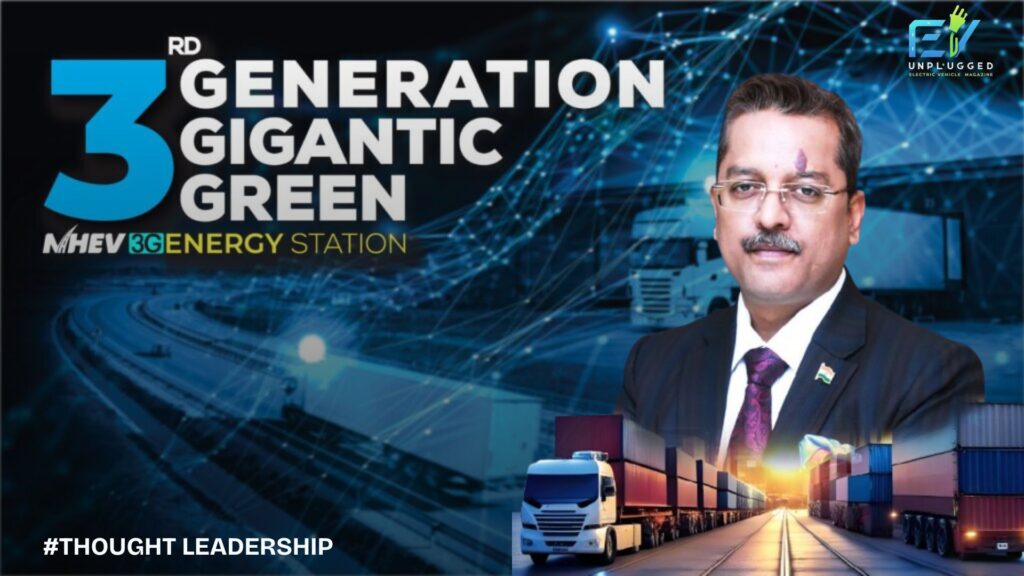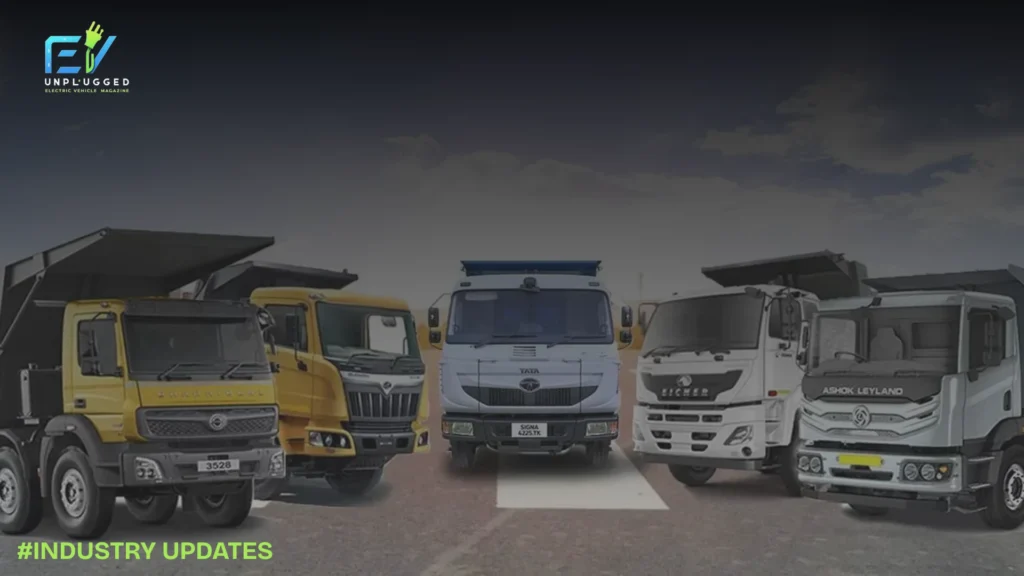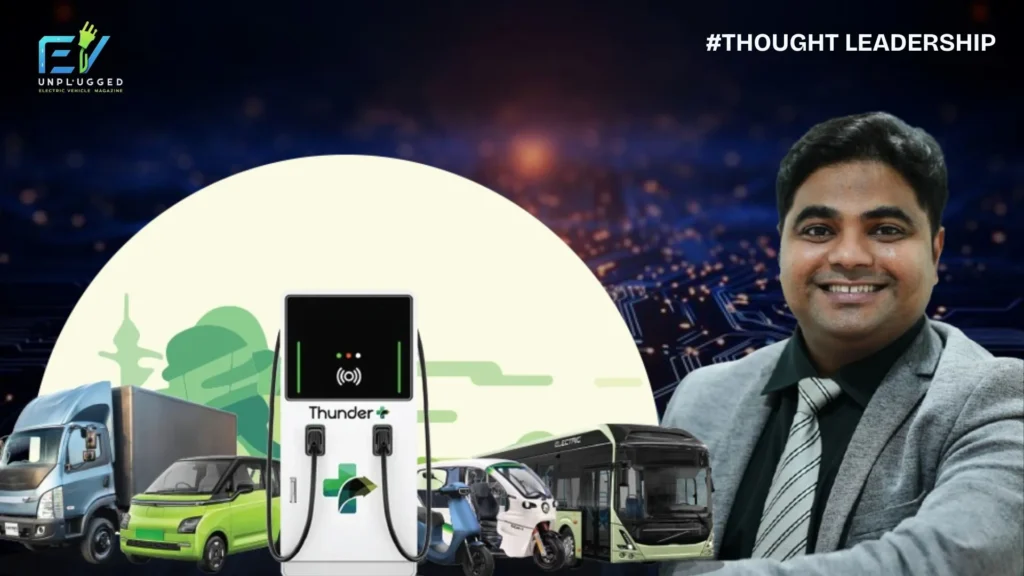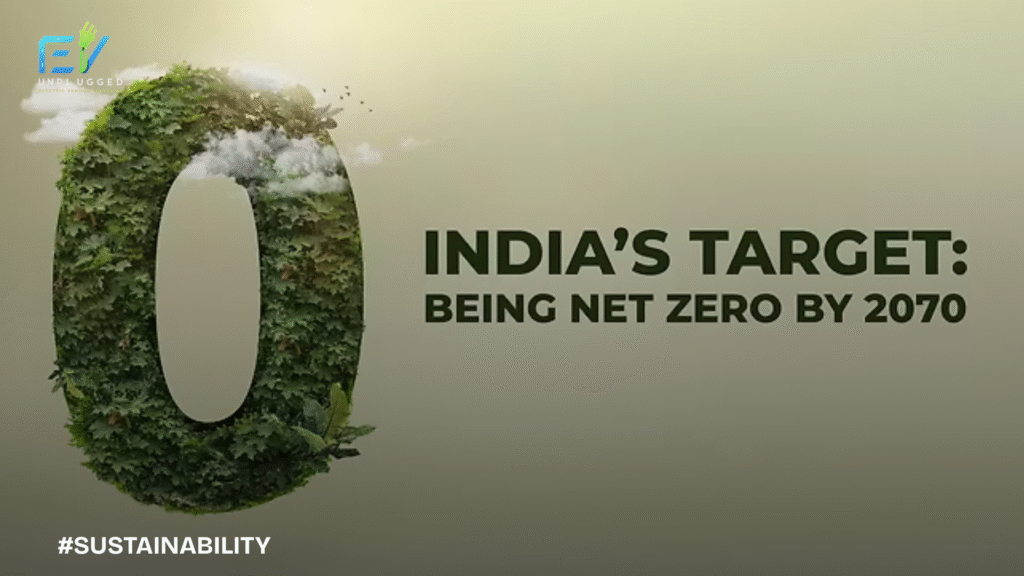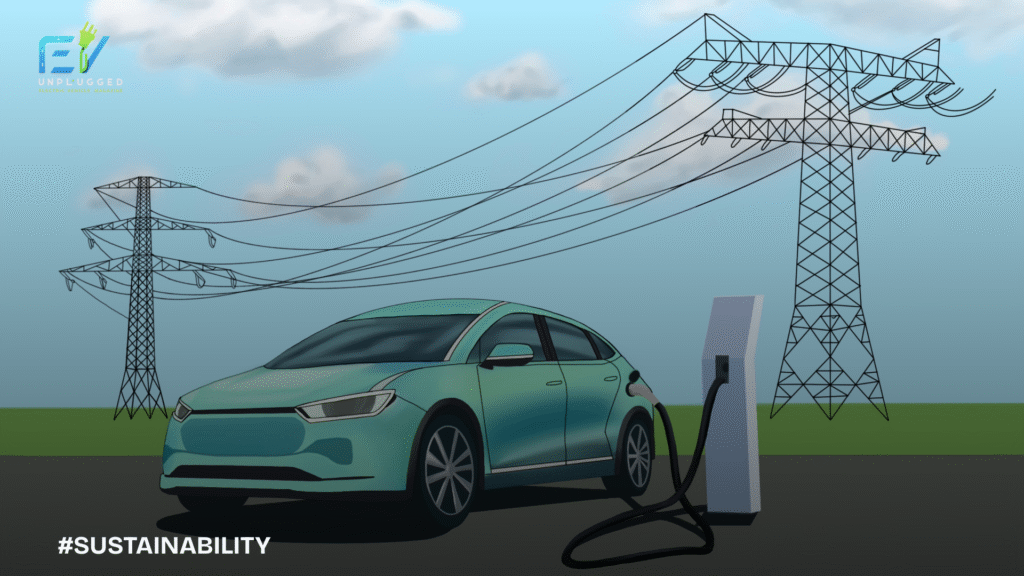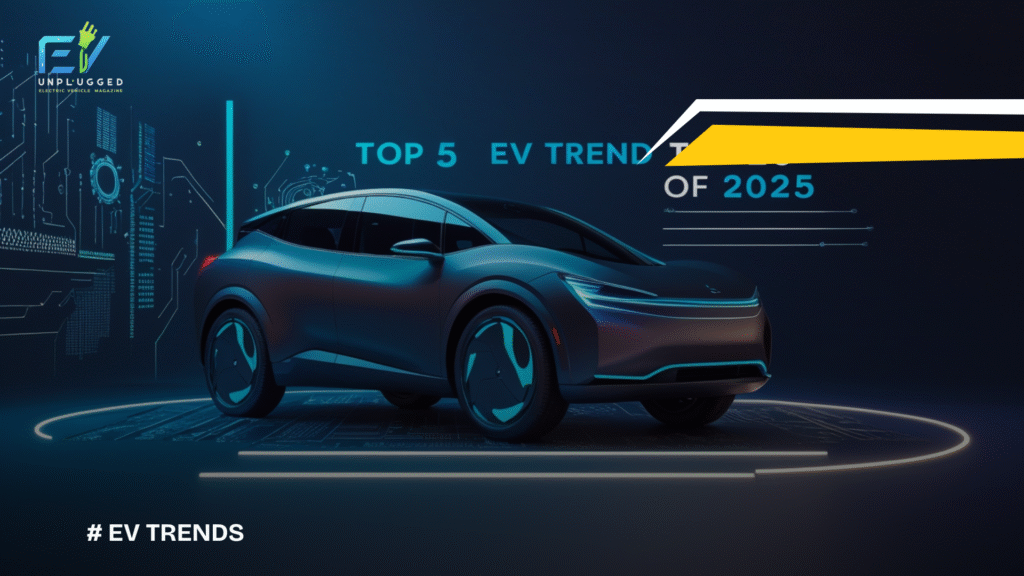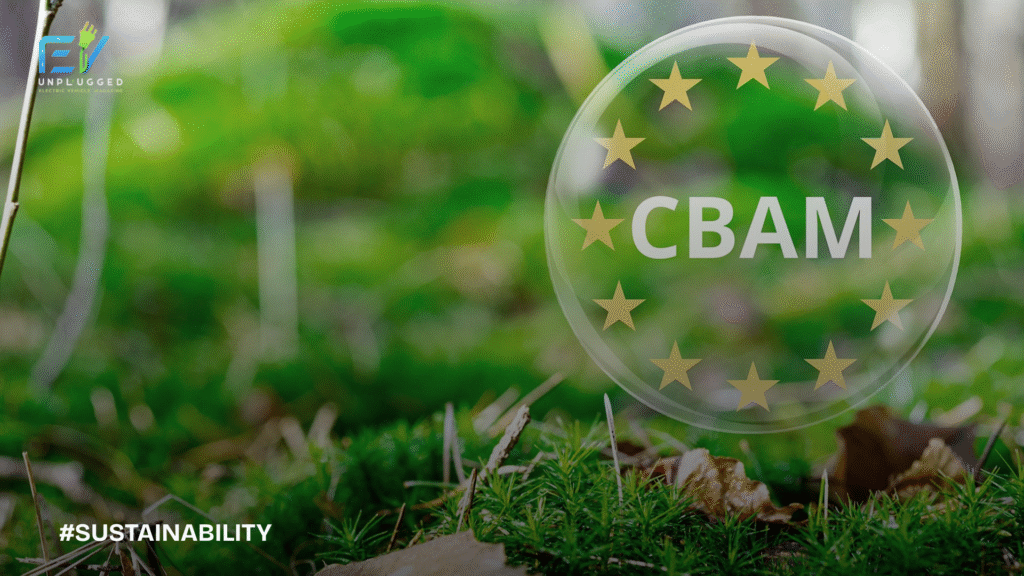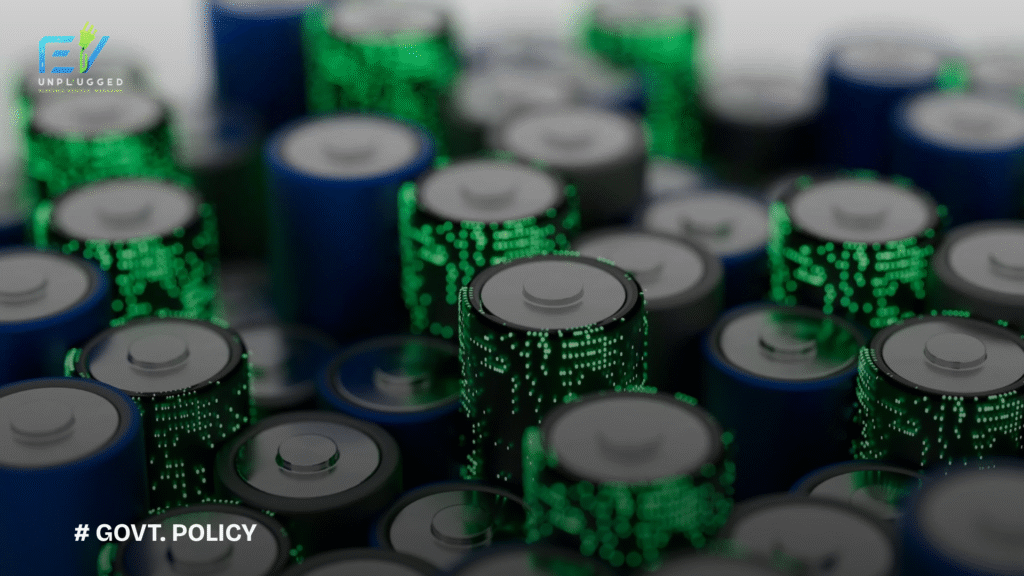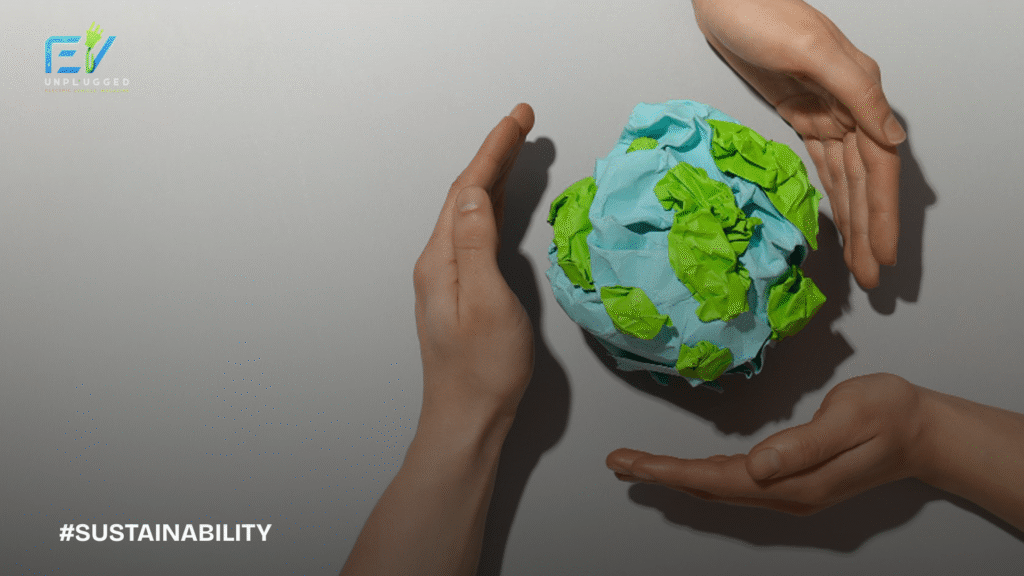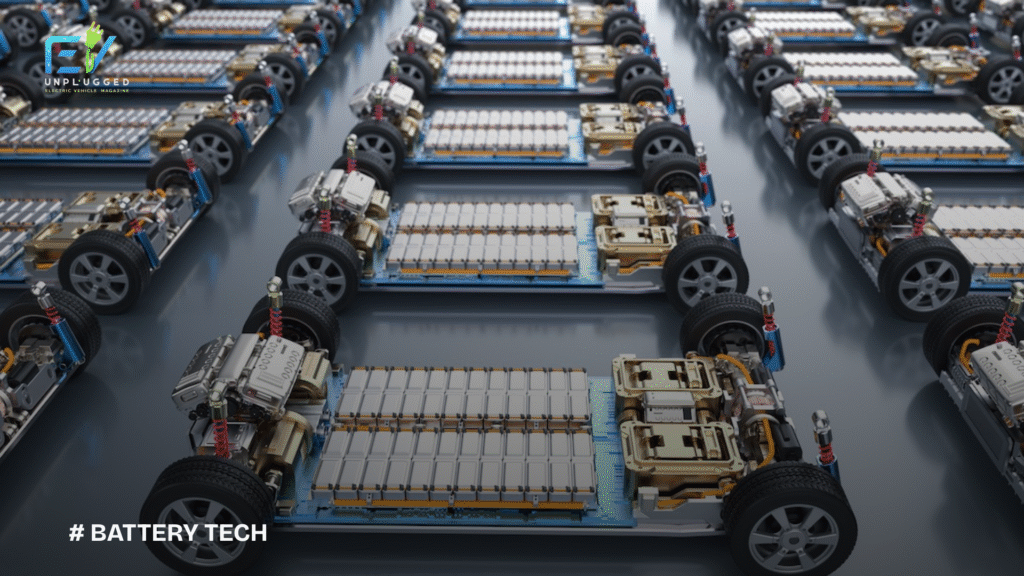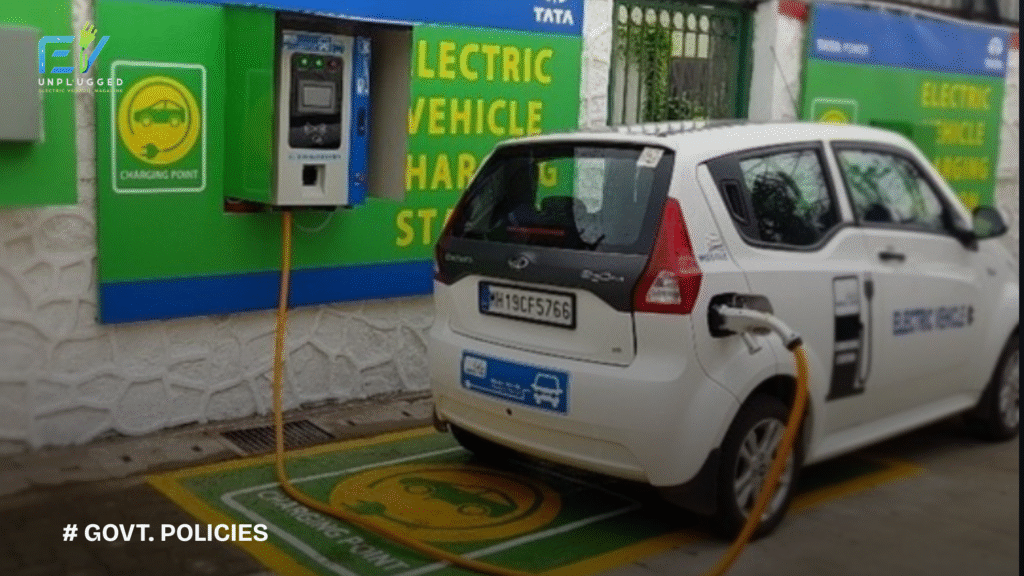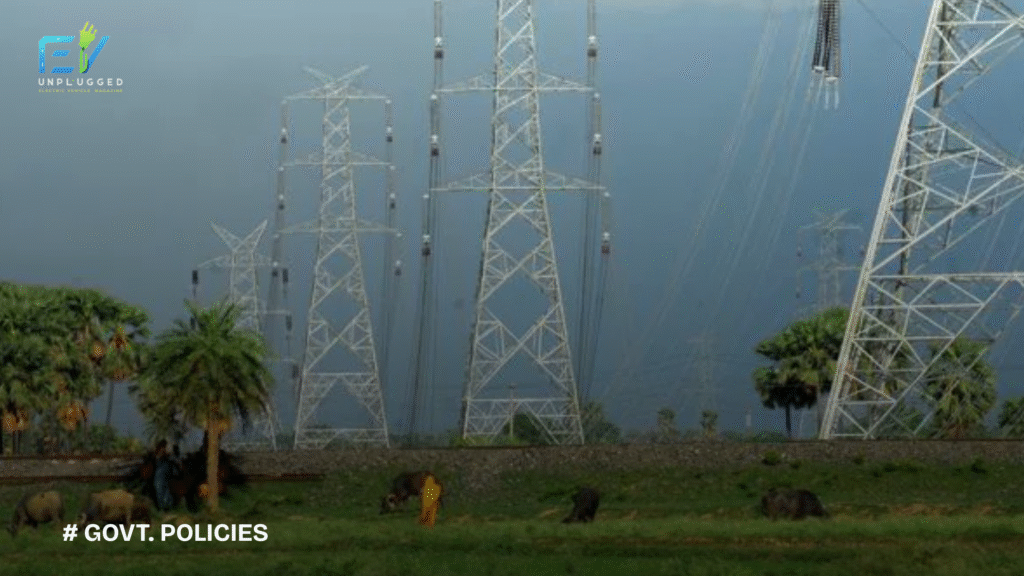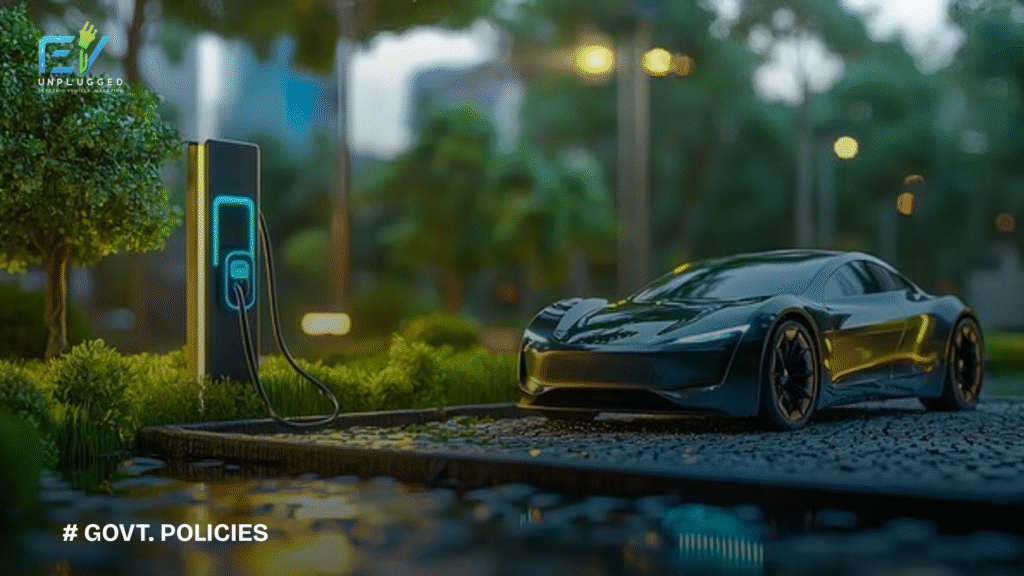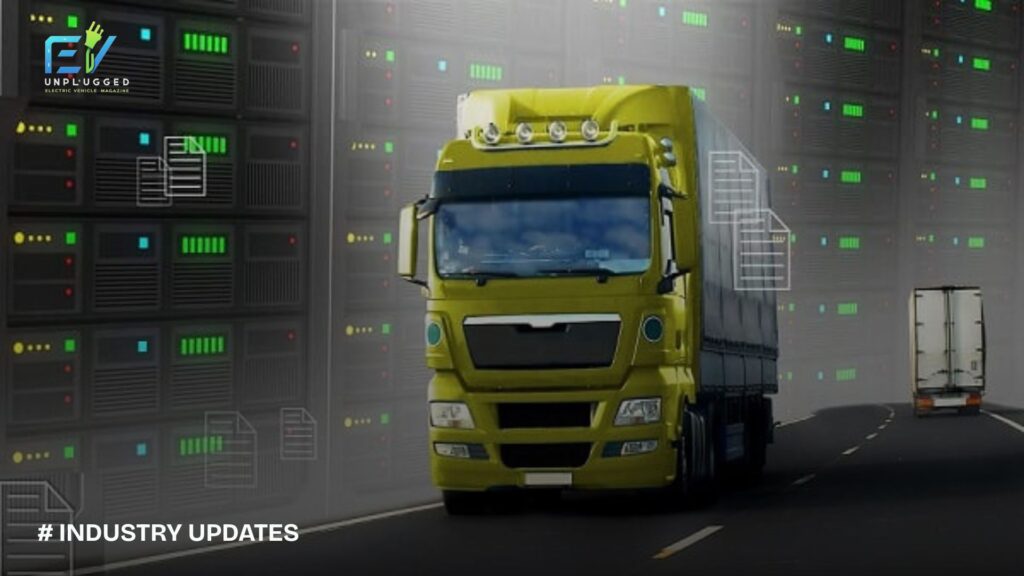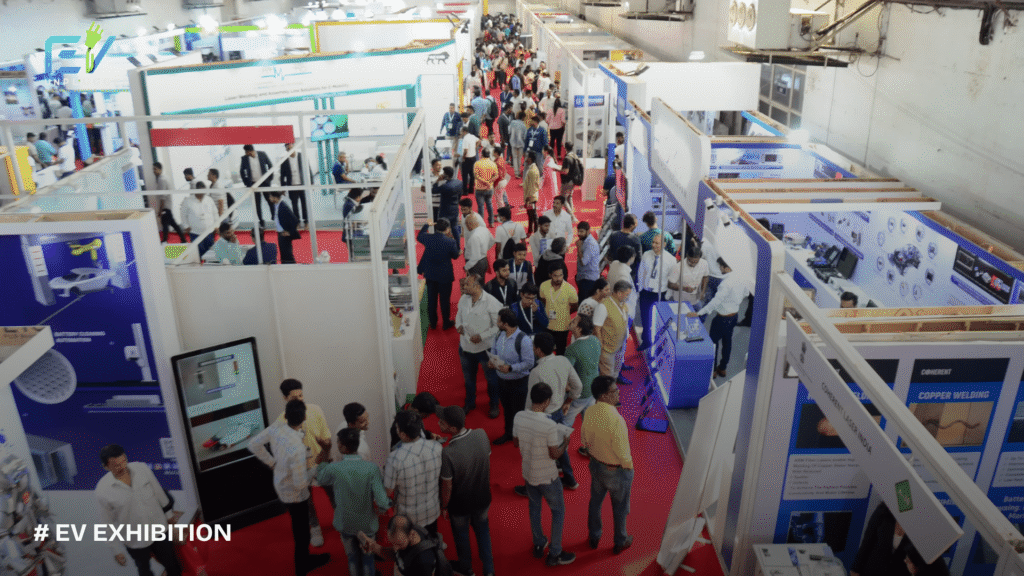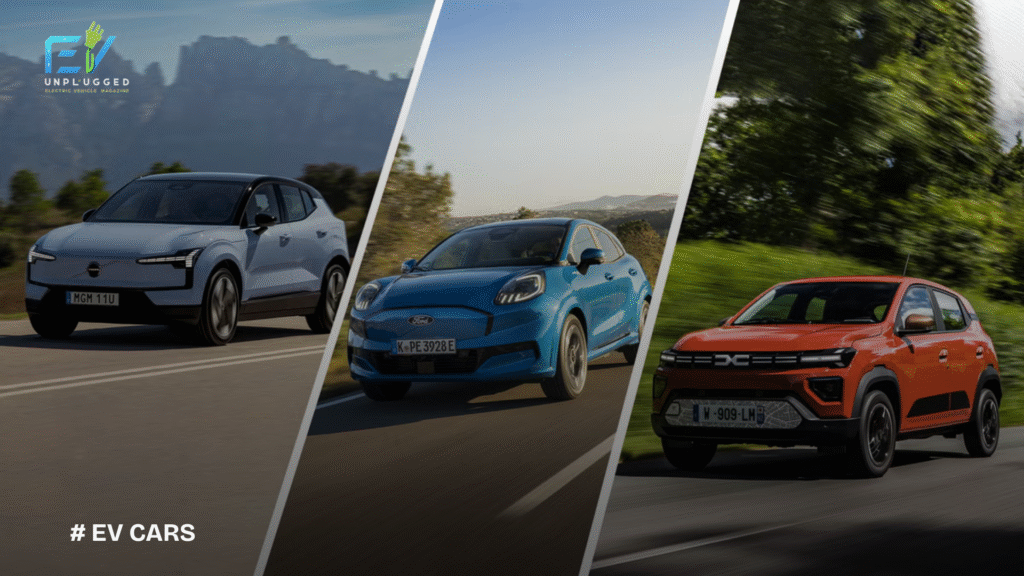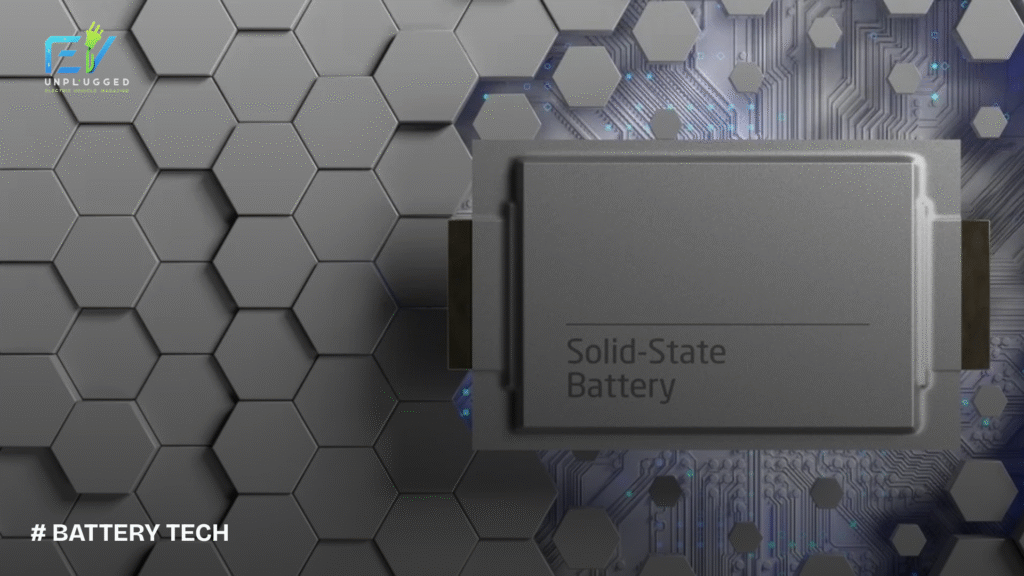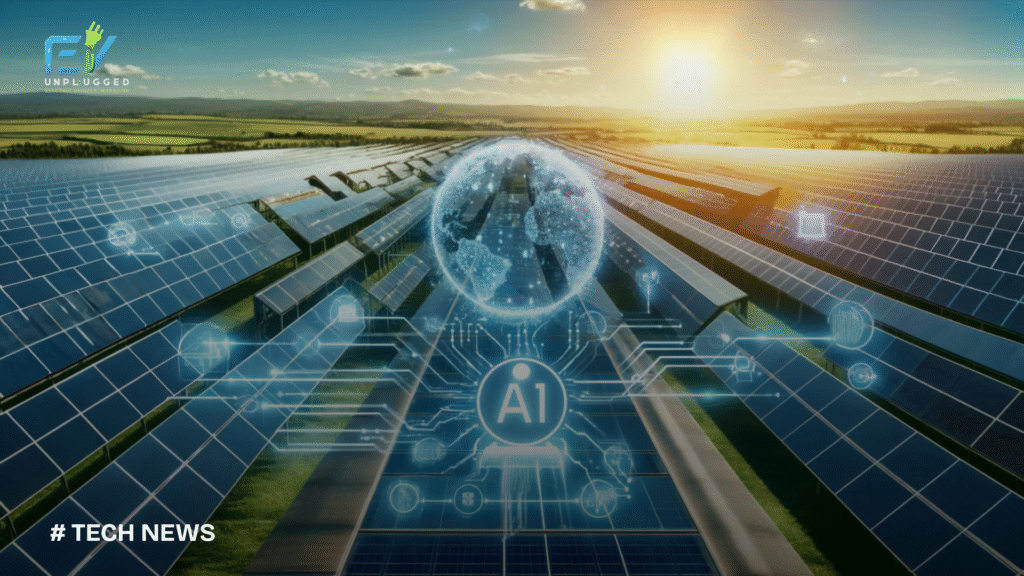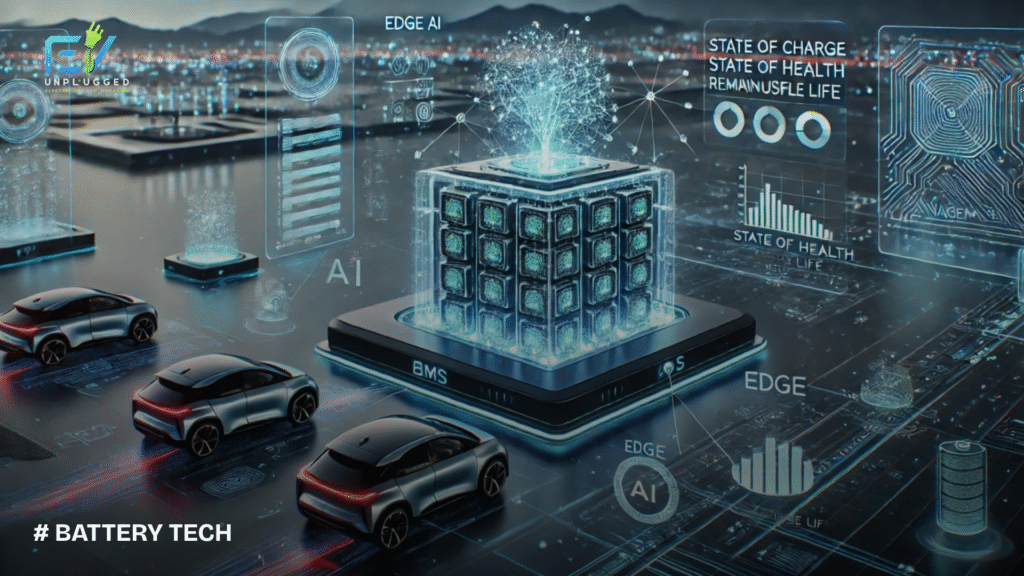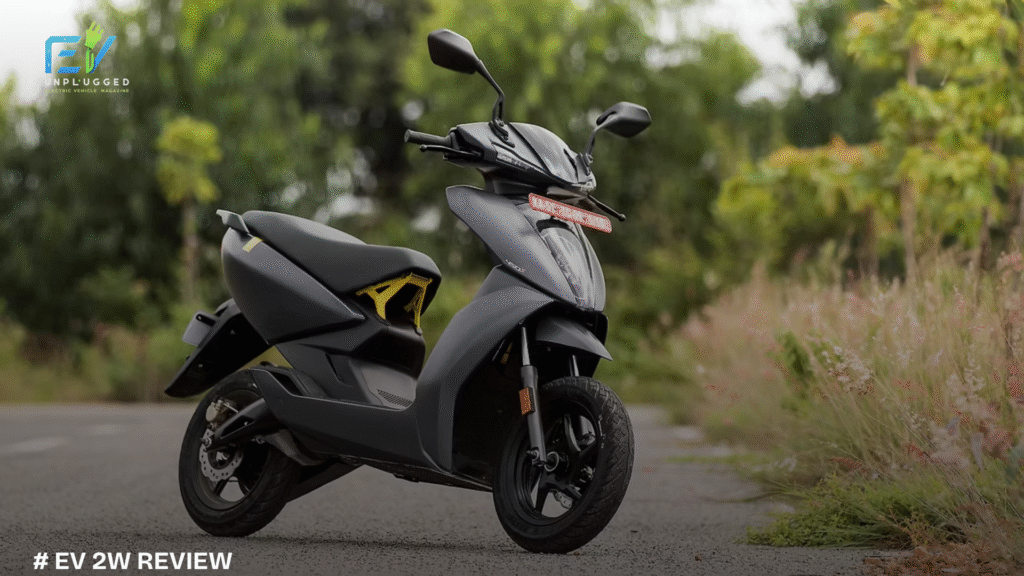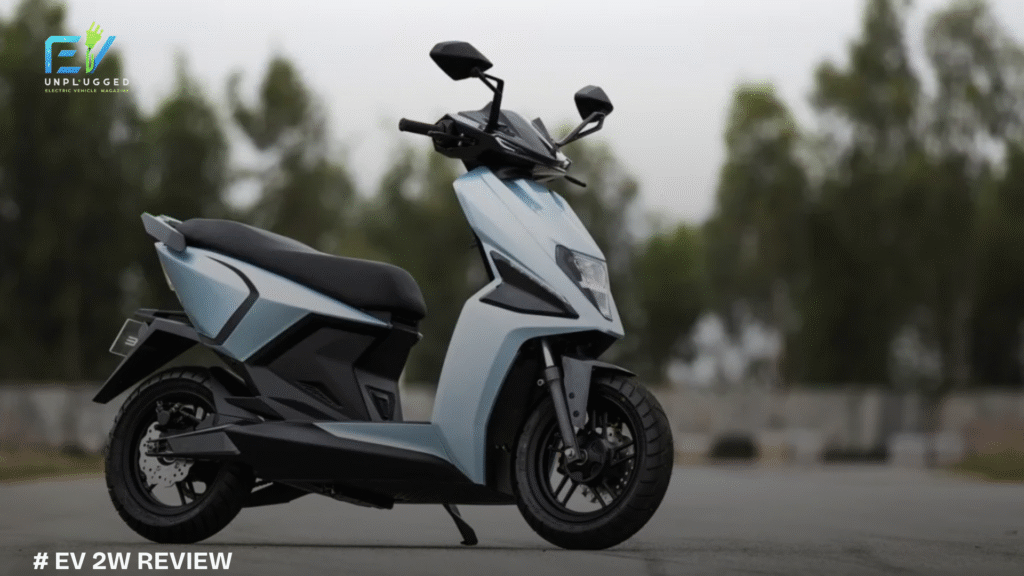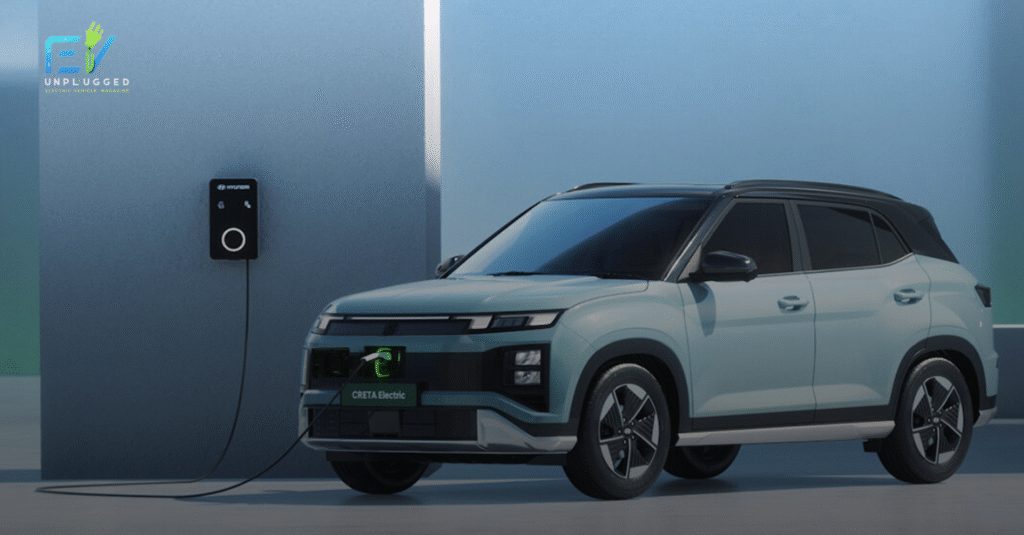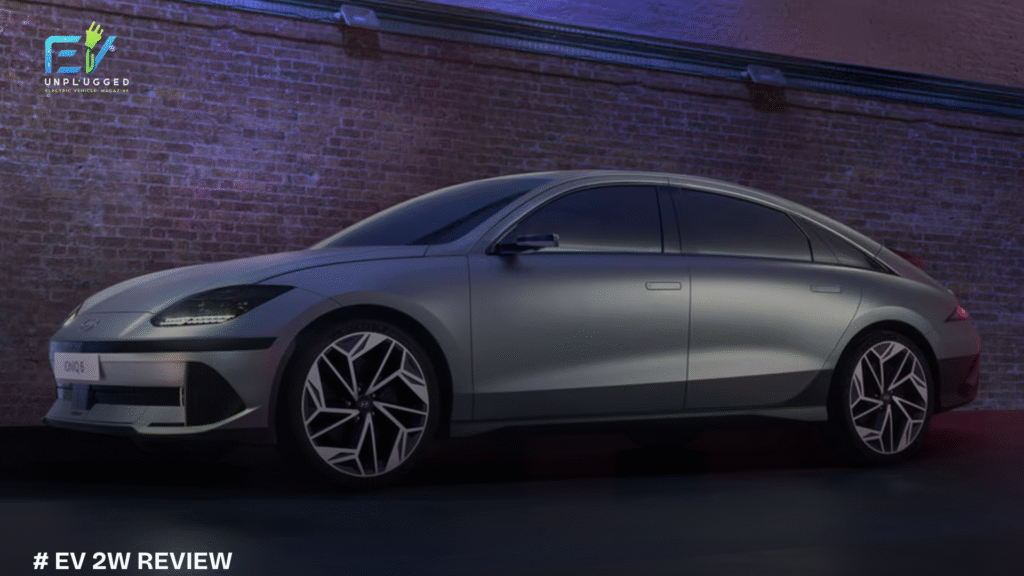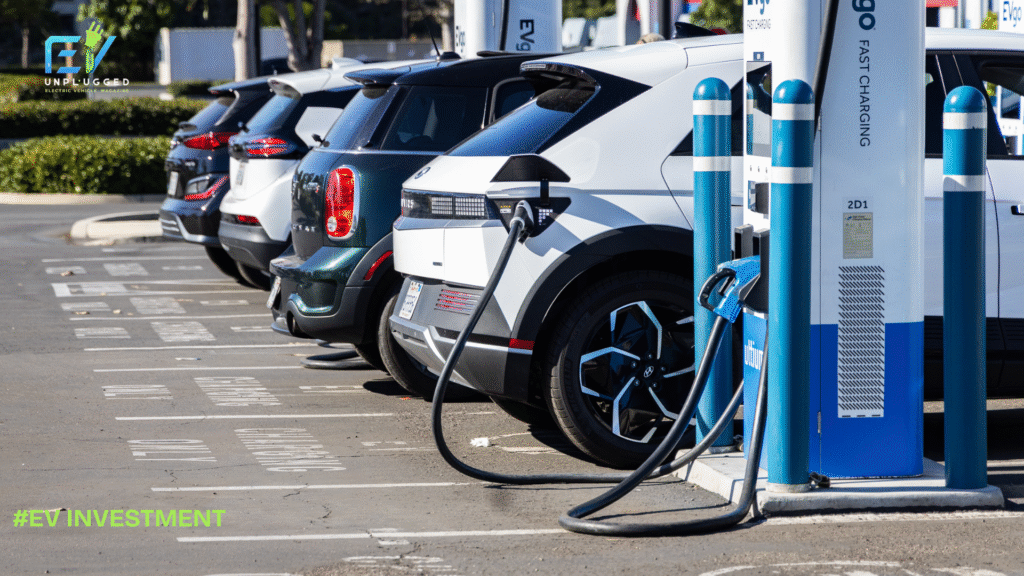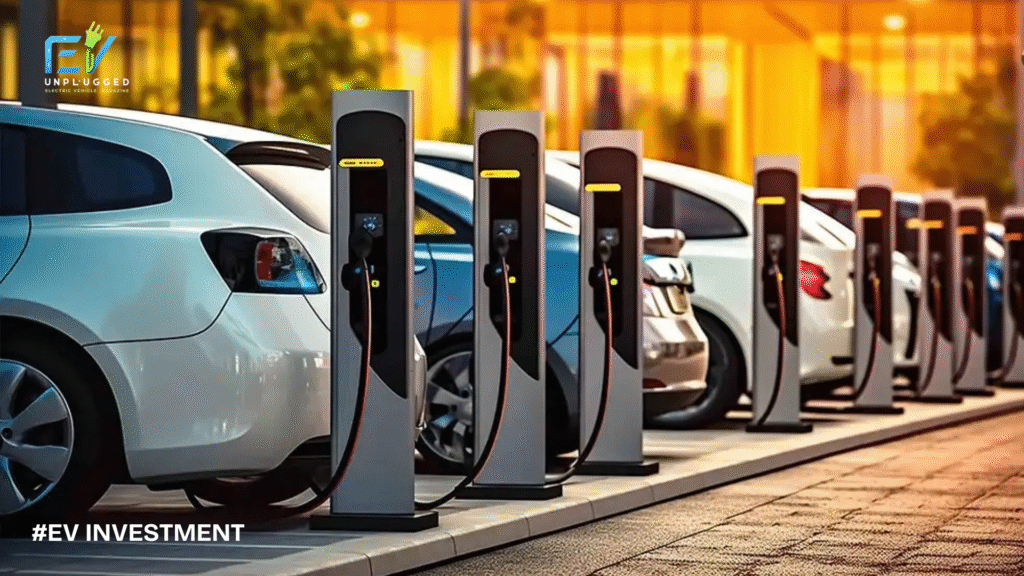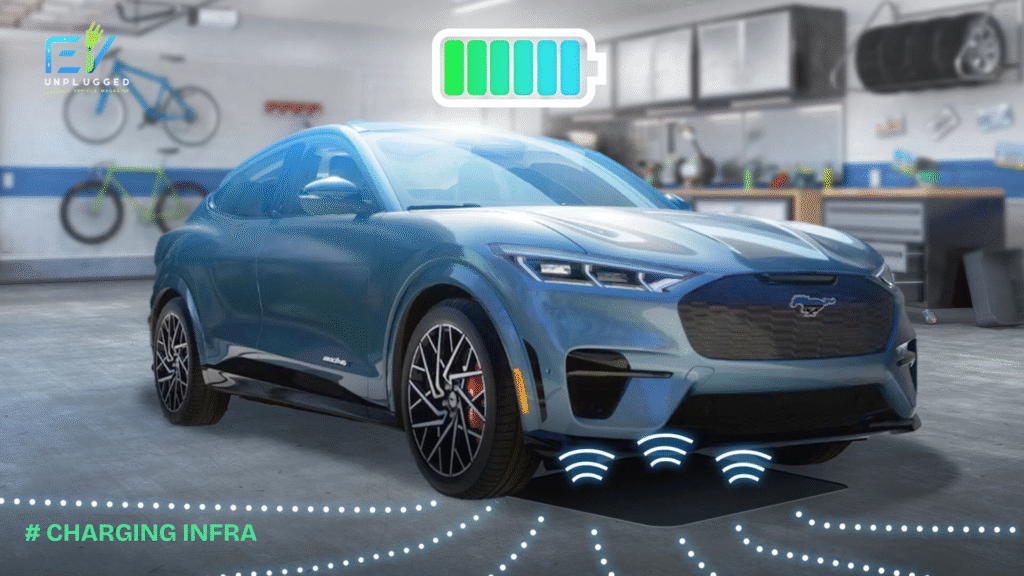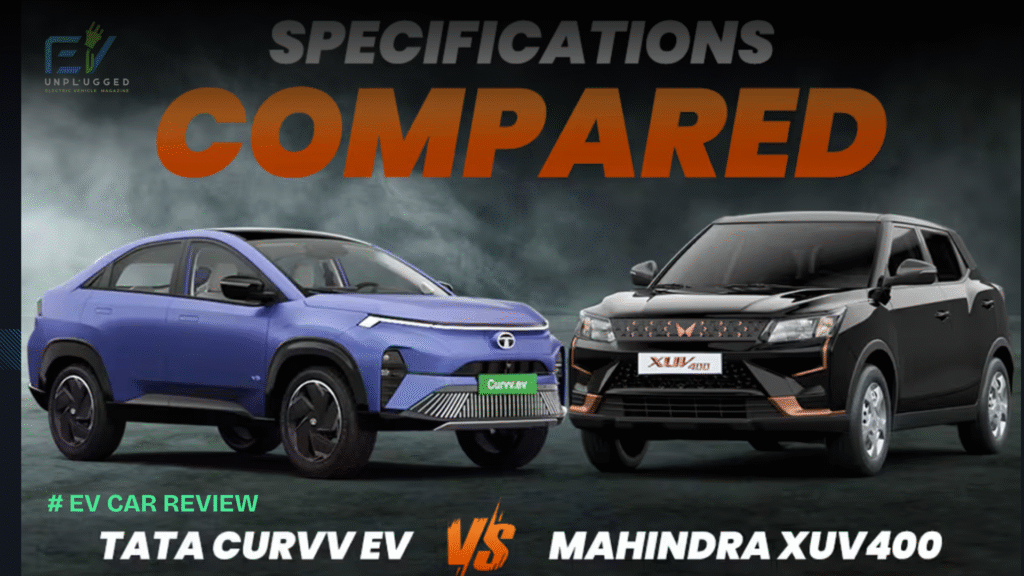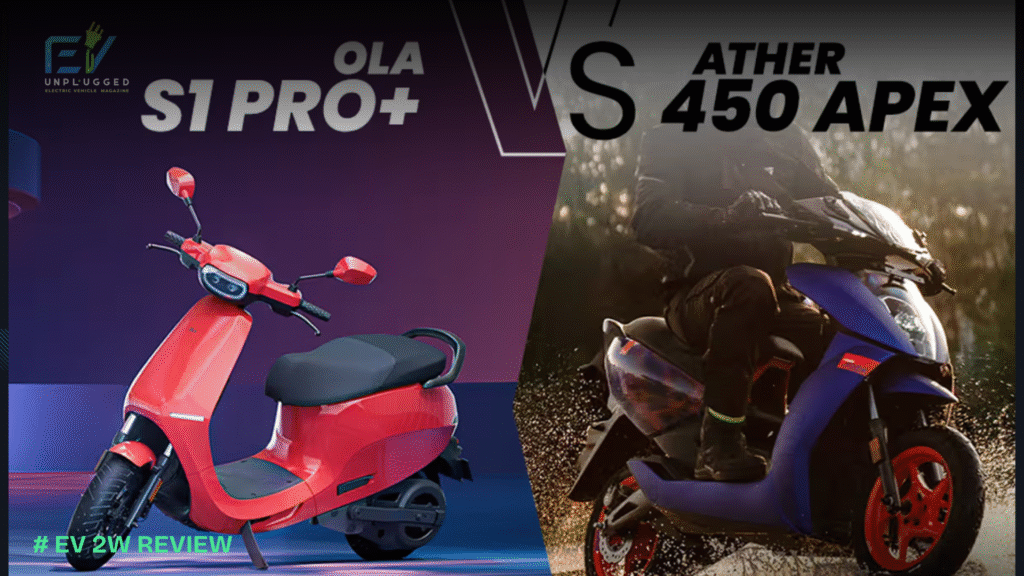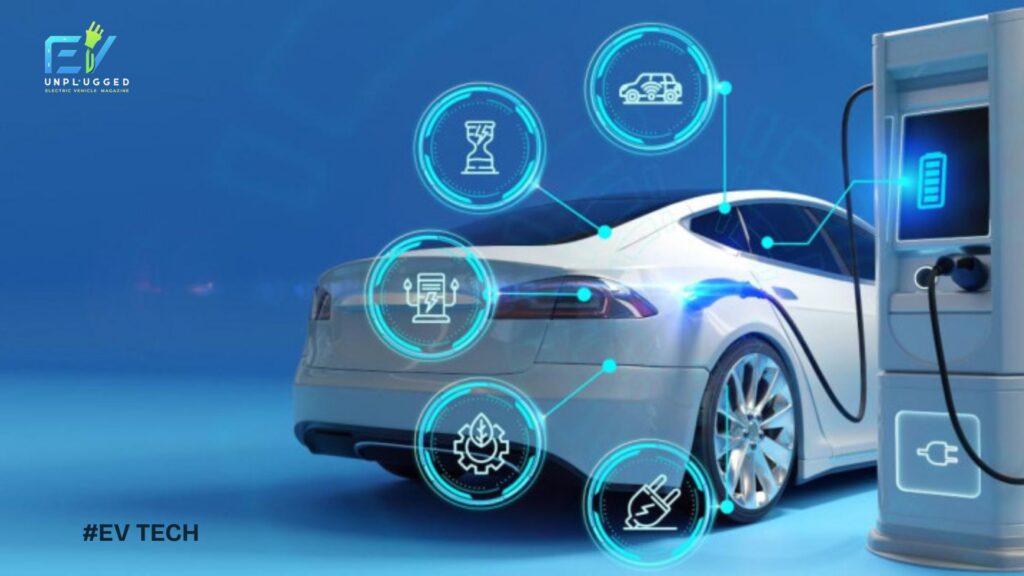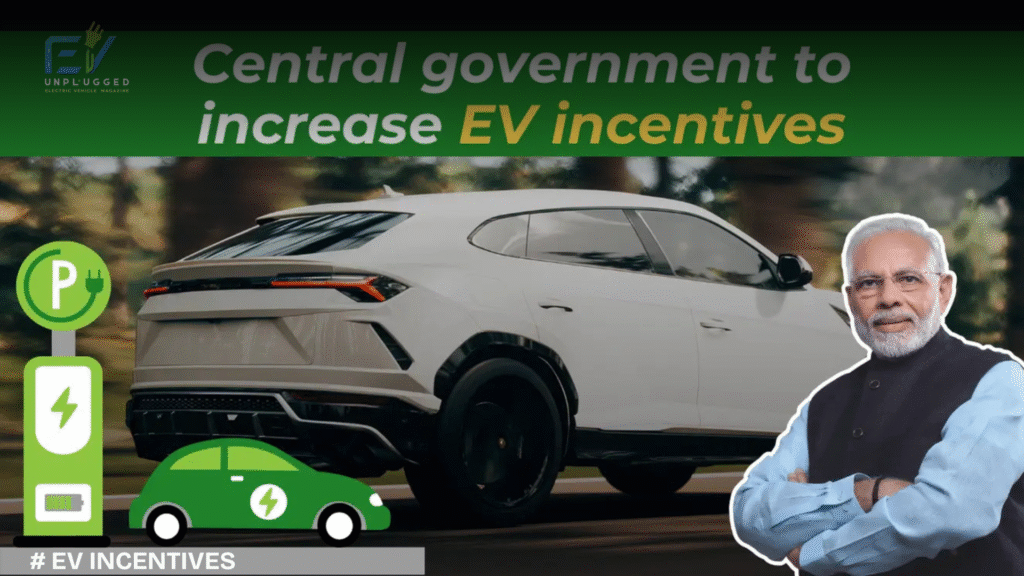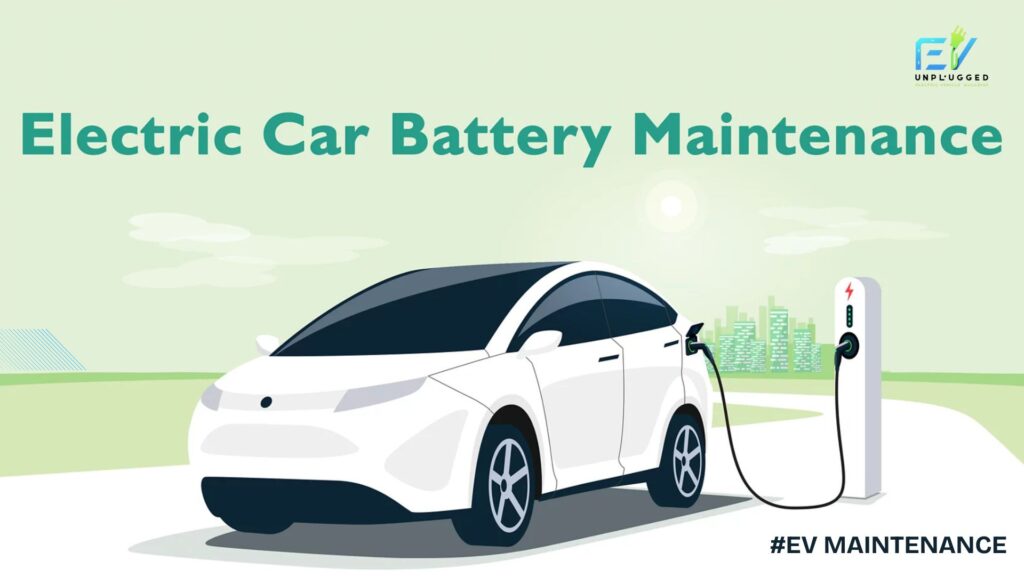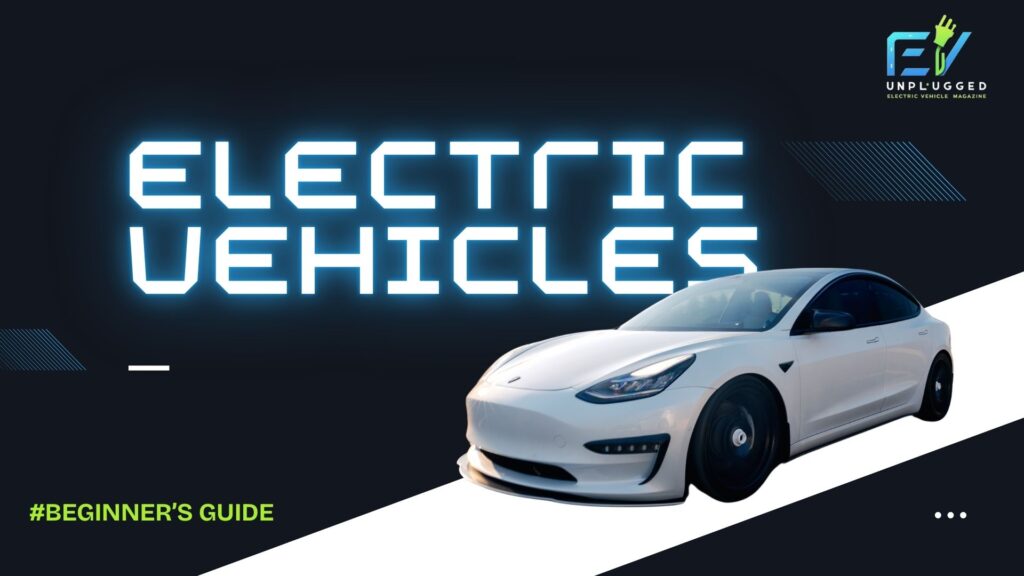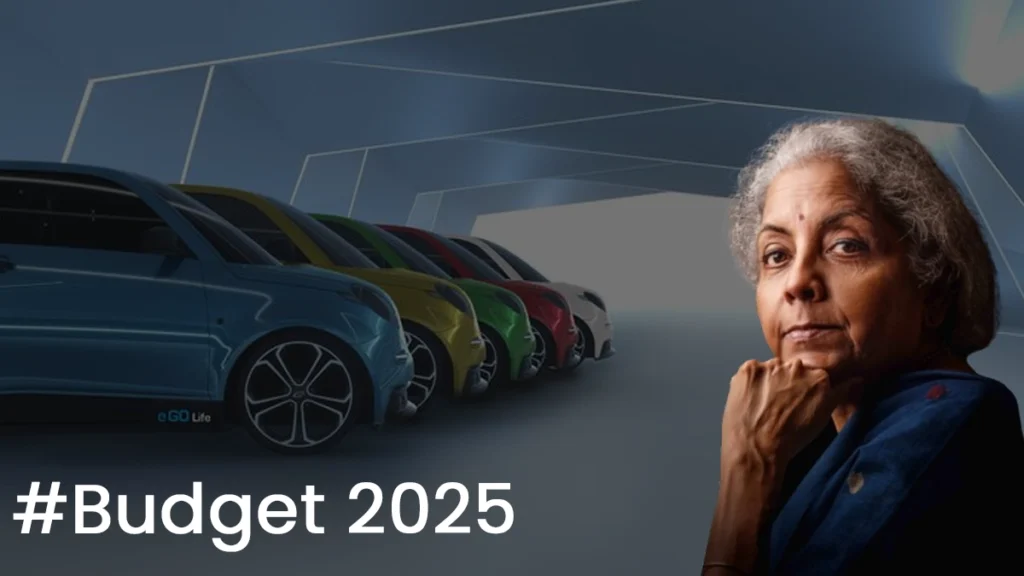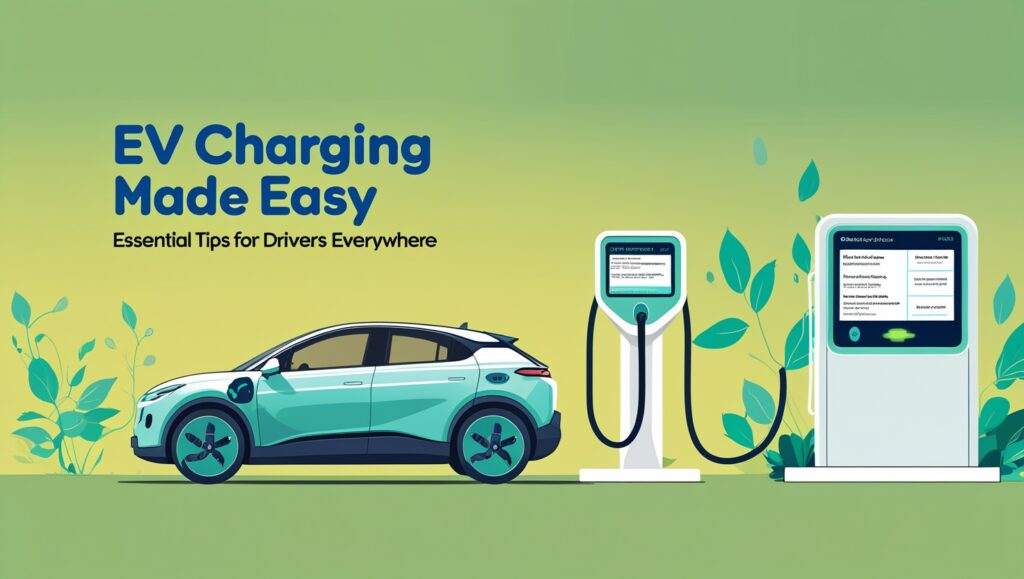GST Relief + Festive Discounts: The Perfect Recipe for EV Adoption This Diwali
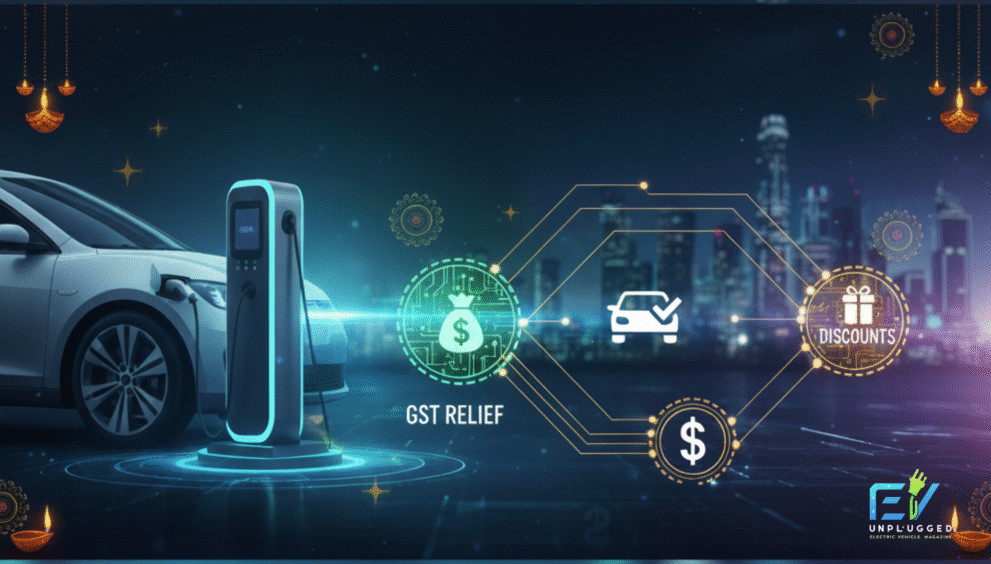
Why Diwali Could Spark EV Adoption
Diwali is India’s biggest shopping season. Families upgrade homes, buy gold, and yes — bring home new vehicles. Carmakers and dealers prepare for this surge with festive schemes, cash discounts, and finance perks.
Now add a structural tailwind: GST relief for electric vehicles. EVs attract just 5% GST, compared to 18% for most ICE cars. This makes EVs fundamentally cheaper — and when OEM/Dealer festive discounts stack on top, ownership costs fall sharply.
- How the current GST regime favors EVs
- How festive discounts and dealer schemes layer on additional savings
- A real-world case study comparing pre- and post-offer EV pricing
- Why this combo could accelerate EV adoption during Diwali and beyond
If you’re a prospective EV buyer, dealer, or policy watcher — this is for you.
ST Relief: The Structural Advantage for EV Buyers
Why GST matters
GST is a value-added tax on goods and services in India; it substantially influences the final on-road price of vehicles. Before 2025, EVs were typically taxed at 12% or higher, increasing their cost vs ICE vehicles. (ClearTax insight)
What’s new under GST 2.0
Under the 2025 GST overhaul, India moved to a simpler slab system (5% and 18%, plus a luxury / sin slab). ICE vehicles’ taxation was reduced (many moved from 28% to 18%) to lower barriers for conventional cars. Meanwhile, EVs retained a 5% GST — a key incentive.
Because ICE cars saw tax cuts, the gap between EV and ICE pricing narrowed — meaning EVs don’t look as expensive by comparison. Some reports suggest that GST reforms widen the price gap favorably for EVs, pushing automakers to rethink pricing strategies in the festive season.
How much does the GST relief translate to savings?
For a ₹10 lakh EV, this means GST adds just ₹50,000 — compared to ₹1.2 lakh if taxed at 12%. That’s a ₹70,000 direct saving.
| Scenario | Base price | Tax slab | Tax amount | Total |
|---|---|---|---|---|
| EV @ 12% slab (old) | ₹10,00,000 | 12% | ₹1,20,000 | ₹11,20,000 |
| EV @ 5% slab (new) | ₹10,00,000 | 5% | ₹50,000 | ₹10,50,000 |
Layering festive & OEM/Dealer schemes
While GST relief provides a structural cost reduction, OEMs and dealers use festival season to push incremental price cuts and perks — especially in markets where inventory is high or demand is soft.
Common festive/seasonal EV schemes
- Cash discounts / rebate — flat reduction in ex-showroom or on-road price
- Exchange bonus / trade-in premium — higher value given for your old vehicle
- Free or subsidized charging / free charging credits for a period
- Extended warranty / free service package
- Zero down payment or special finance / EMI schemes
- Accessory bundle freebies (floor mats, wall charger, etc.)
- Deferred payments / no-cost EMI / 0% interest
Often, these get stacked with GST benefit — making the total “offer price” significantly lower.
Examples from recent years
- TATA ‘Festival of Cars’ 2024: Tata announced never-before prices on Tiago.ev, Punch.ev, Nexon.ev — with savings up to ~₹3 lakh for Nexon.ev, and ~₹1.2 lakh for Punch.ev. Also, free charging for six months was part of the scheme.
- Tata Motors festive season sale (2024): The Tiago.ev was offered starting ₹7.99 lakh after benefits worth up to ₹60,000.
- Broader EV discounts: Some EVs like XUV400 EV were reportedly seeing discounts up to ~₹3 lakh; Nexon EV also had discount offers.
These are aggressive moves — and when combined with GST relief, the net benefit to buyers becomes substantial.
Case Study: Tata Nexon EV (or comparable popular EV) — before & after
Let’s take Tata Nexon EV (a well-known, high-volume EV in India) as a sample. (Note: these numbers are illustrative and depend on variant, location, and timing. Always check local dealer offers.)
Case Study 1: Tata Nexon EV
The Tata Nexon EV is one of India’s most popular electric SUVs.
- Ex-showroom price (baseline): ~₹17,00,000
- GST benefit (5% vs 12%): ~₹1,19,000 saved
- Festive dealer discount: ~₹1,50,000
- Freebies: 6 months free charging + extended warranty
On-road price after offers: ~₹17 lakh (vs ~₹19.2 lakh earlier)
Total savings: ~₹2.2 lakh + perks
Case Study 2: Tata Tiago.ev
The Tiago.ev is a compact, budget-friendly EV.
- Base ex-showroom: ~₹8.5 lakh
- GST benefit: ~₹60,000
- Festive scheme discount: ₹50,000–₹60,000
- Total festive price: Starting ₹7.99 lakh
For many first-time EV buyers, this is the most affordable entry point.
Case Study 3: MG ZS EV
The MG ZS EV saw heavy price corrections in 2024.
- Ex-showroom before offers: ~₹22–25 lakh (variant-dependent)
- GST benefit: ~₹1.5 lakh+
- OEM festive discount: up to ₹4.44 lakh
- Effective buyer savings: ~₹6 lakh in some cases
This brought MG ZS EV pricing into premium ICE SUV territory, improving competitiveness.
Hence, real-world examples support that manufacturers are capable of layering festive discounts on top of tax benefits.
Why this combo is powerful for adoption
- Price shock mitigated: One of the biggest barriers is high perceived cost. The combined GST + festival discount substantially narrows the gap with ICE cars.
- Psychological triggers: Diwali is already a “big purchase season.” Buyers expect deals, so layering benefits boosts urgency.
- Dealer inventory cycles: OEMs/dealers may have excess inventory ahead of new launches; festival offers help clear stock.
- Word of mouth & social proof: Early buyers during such offers act as ambassadors, lowering perceived risk for others.
- Policy signaling & market confidence: The government keeping EV GST low signals long-term commitment, giving buyers confidence.
Because the base tax structure is favorable, festive schemes have more leeway to reduce margins rather than profits.
Risks, caveats & what to watch out for
Limited duration / availability: Festive offers often have strict timelines, limited stock or variant restrictions.
Offer stacking ambiguity: Dealers may restrict stacking of discounts, or reserve best deals for preferred customers.
Hidden costs: Look out for hidden charges (logistics fees, accessory “mandatory packs,” high insurance/registration add-ons).
Variant-specific exclusions: The deepest discounts may be on slower-selling variants.
Resale impact: Heavy discounts now might affect resale expectations later.
Competition from ICE: Since ICE vehicles’ taxes also dropped (to 18%), the delta between EV & ICE narrows. EVs must compete on value beyond just price.
Recommendation & outlook
This Diwali has the potential to be a breakout moment for EV adoption — if the tax framework remains favorable and OEMs back it up with aggressive schemes. For buyers:
- Time your purchase: Lock offers early, confirm discounts + benefits in writing
- Compare variants & net on-road cost (not just ex-showroom)
- Factor in charging & running savings — the cost advantage of EV over ICE in operating cost is often large
- Watch competitor offerings — dealers may counter with promotions on ICE or hybrids
For OEMs / dealers:
- Strategically plan inventory & margin buffers to allow deeper discounting
- Promote combined “GST + Festive” messaging — make it easy for buyers to understand net savings
- Bundle non-price perks (free charging, service, warranty) to differentiate
- Use this season to capture market share and build repeat customers
If this trend succeeds, Diwali 2025 could mark a new inflection in EV adoption in India — turning festival season into EV season.

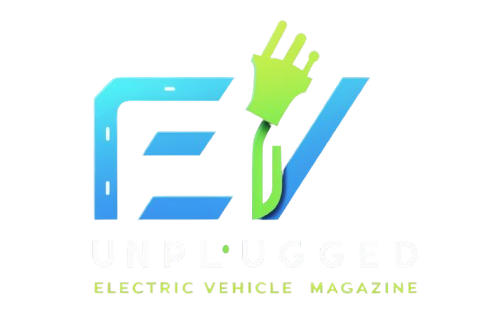
 English
English 